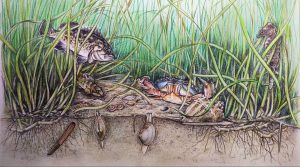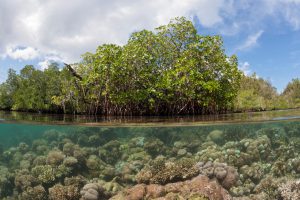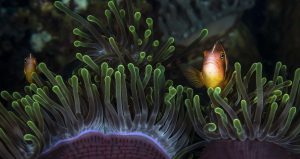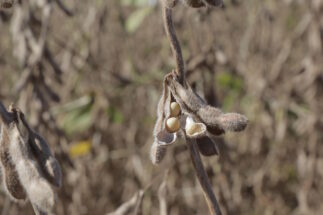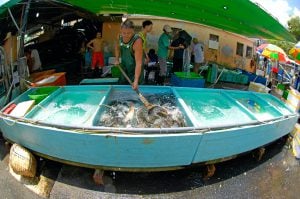In China, public awareness of two key coastal ecosystems – mangrove forests and coral reefs – has risen. But a third, seagrass meadows, still goes largely unnoticed.
This is partly because very few seagrass meadows have been recorded in the country. As of 2014, only 87.6km2 had been identified along the Chinese coast, with 80km2 of that area in the South China Sea. Then, in 2015, exciting news emerged from northeast China’s Bohai Sea – a 10km2 meadow had been found off Caofeidian, a district of Tangshan. In September 2019, a survey by the Ministry of Natural Resources expanded the total seagrass coverage in the area to 50km2. Clearly these ecosystems are not only to be found in the south.
In fact, seagrass has long been an essential part of local life on China’s northern coast. The best illustration of this is perhaps the “seagrass houses” of the Shandong peninsula. A type of seagrass called eelgrass is dried and used as thatch on these traditional dwellings, providing both insulation and protection from the rain.
This building technique is listed as a provincial-level “non-tangible cultural heritage”. But only scattered patches of seagrass remain in Shandong’s waters. Reasons for this loss include pollution from industry and aquaculture, and coastal construction. This makes the Caofeidian meadows all the more important.
‘Ecological services’
Despite looking similar to some types of seaweed, seagrasses are different. They are more complex organisms, with roots, a stem and leaves, as well as the ability to flower and produce seeds – all of which seaweeds lack.
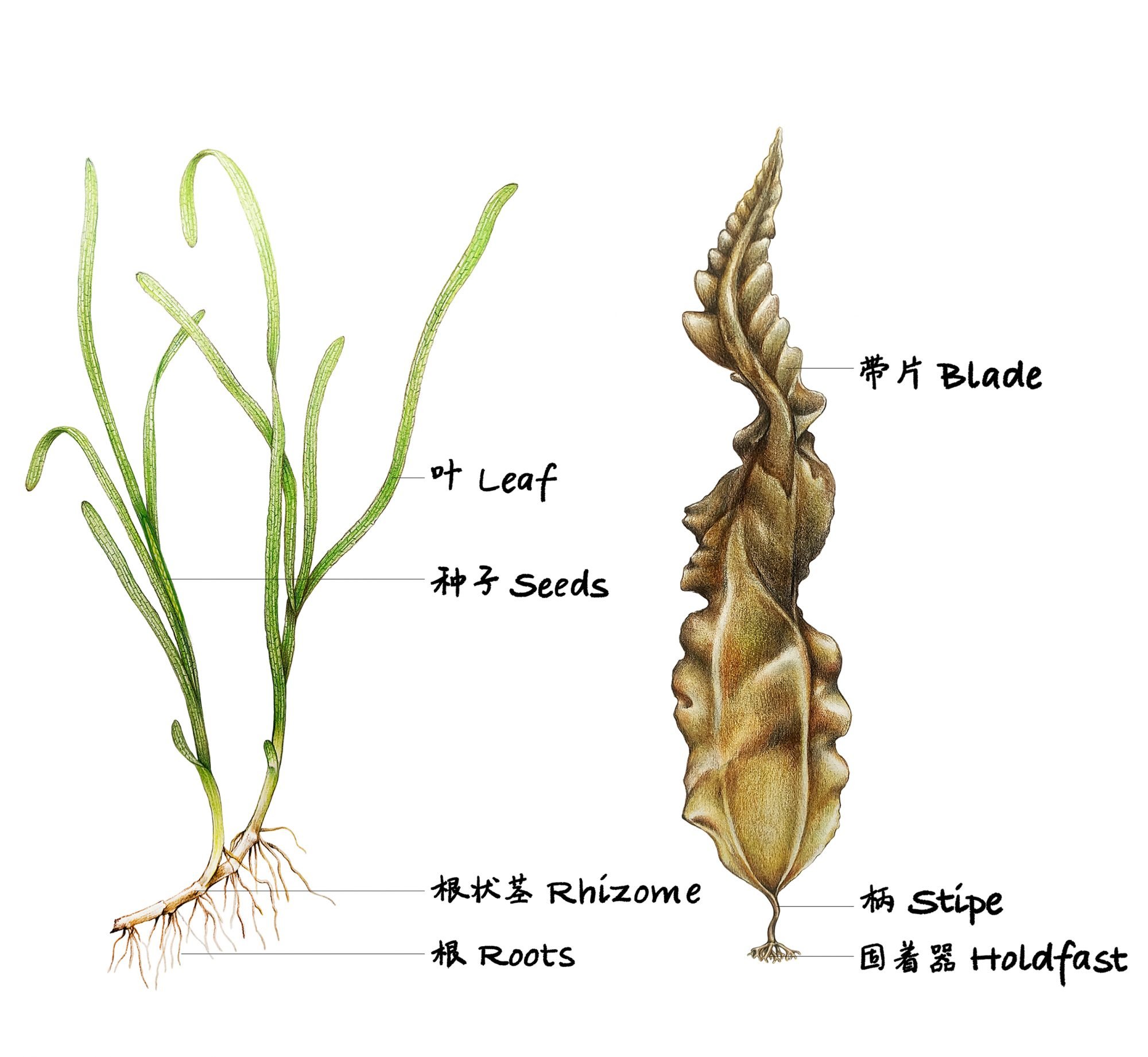
Seagrasses are found on every continent bar Antarctica. They grow in shallow, brackish waters along temperate and tropical coastlines. Often found in large colonies known as meadows, the plants take root in the seabed, unlike seaweeds, which attach themselves to solid points such as rocks. All seagrass species photosynthesise sunlight, and most grow at depths of between one and three metres, with the deepest found 60 metres below the surface.
Seagrass has been dubbed an “ecological sentry” because it requires very clean and clear water to thrive, making it a good indicator of pollution levels. It also provides numerous valuable “ecological services”. By absorbing carbon dioxide, for instance, seagrass meadows can help reduce ocean acidification. The binding power of the plant’s roots can also prevent coastal erosion.
More importantly perhaps, seagrass meadows are a carbon sink, which means they play an important role in mitigating climate change. The plants are highly efficient at converting sunlight and carbon dioxide into organic forms of carbon such as glucose and starch. Seagrass produces 0.5-1kg of carbon per square metre every year – three times as much as a coral reef ecosystem. With 300,000km2 of seagrass meadows recorded worldwide, they cover only around 0.2% of the ocean floor, but account for 10% of all carbon stored in the ocean each year.
Seagrass meadows are also high in biodiversity. Because the plants are so productive, they leave behind large quantities of humus, creating excellent conditions for seabed-dwelling life such as crabs and burrowing bivalves. The grasses themselves are also food for several species, including large ocean animals such as green sea turtles and dugongs. In addition, the meadows provide a sheltering habitat for baby fish, giving them an important role in sustainable fisheries.
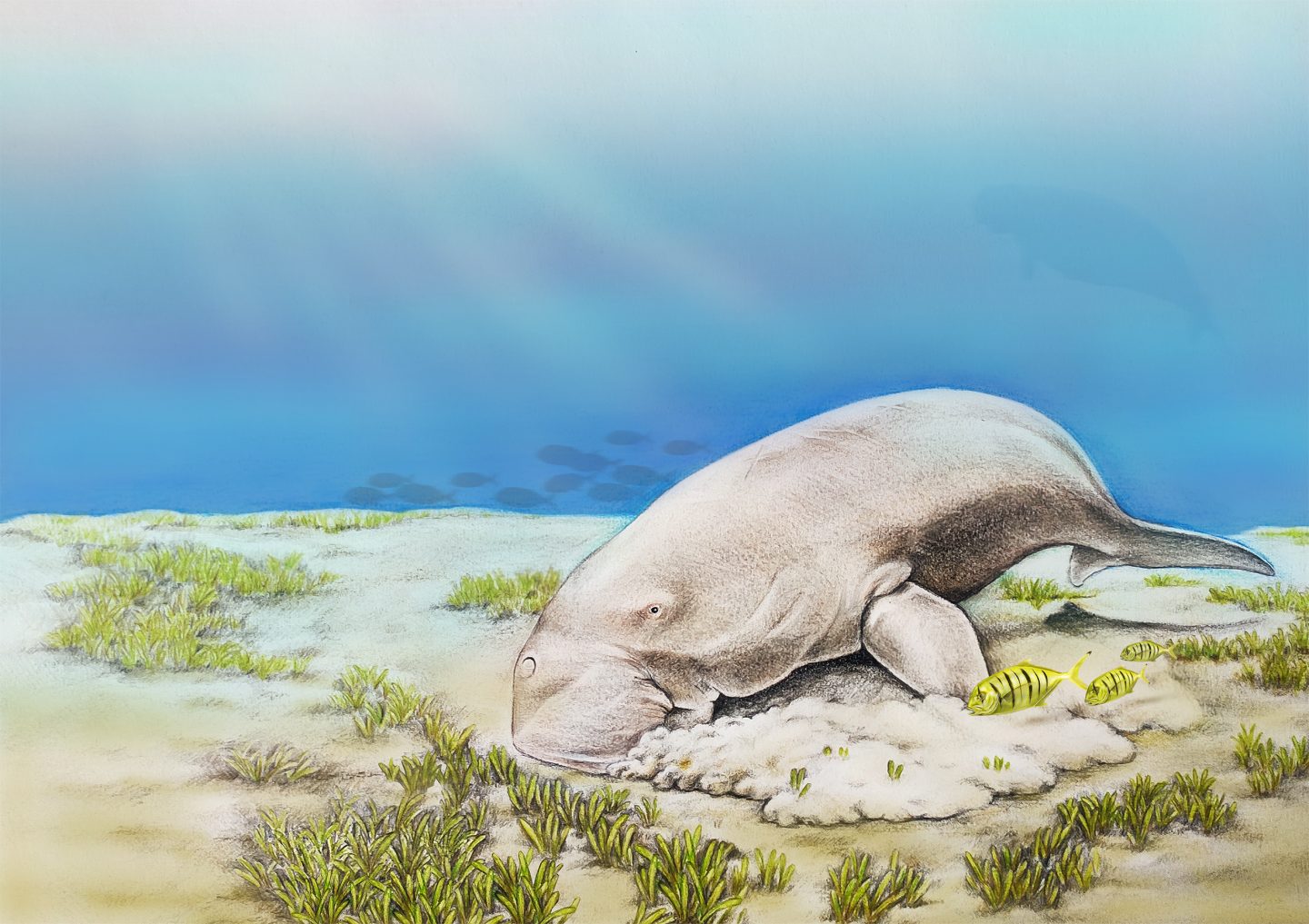
A 2016 survey of the Caofeidian seagrass meadows, led by Liu Hui of the Chinese Academy of Fishery Sciences’ Yellow Sea Fisheries Research Institute, found a rich variety of species, including juveniles of many different types of fish and bottom-dwellers like the webfoot octopus, veined rapa whelk and Manila clam. Many juvenile shellfish were also found in the sediment, as well as clam worms.
As technology improves, more information is being gathered on the size and location of seagrass meadows, while research is bringing these overlooked plants to more expert attention. But there are causes for concern: currently 7% of identified seagrass meadows around the world is being lost every year, and the rate may be even higher in Chinese waters.
Rapid losses
China’s seagrass meadows are found either in the South China Sea from Hainan to Fujian, or in the north around Shandong, Hebei, Tianjin and Liaoning.
With its favourable climate, the island province of Hainan has the widest variety of seagrass species. But the dominant species in the south is Halophila ovalis, sometimes called dugong grass. In the Yellow and Bohai seas, eelgrass is most common. The large area of seagrass discovered in 2015 was predominantly eelgrass.
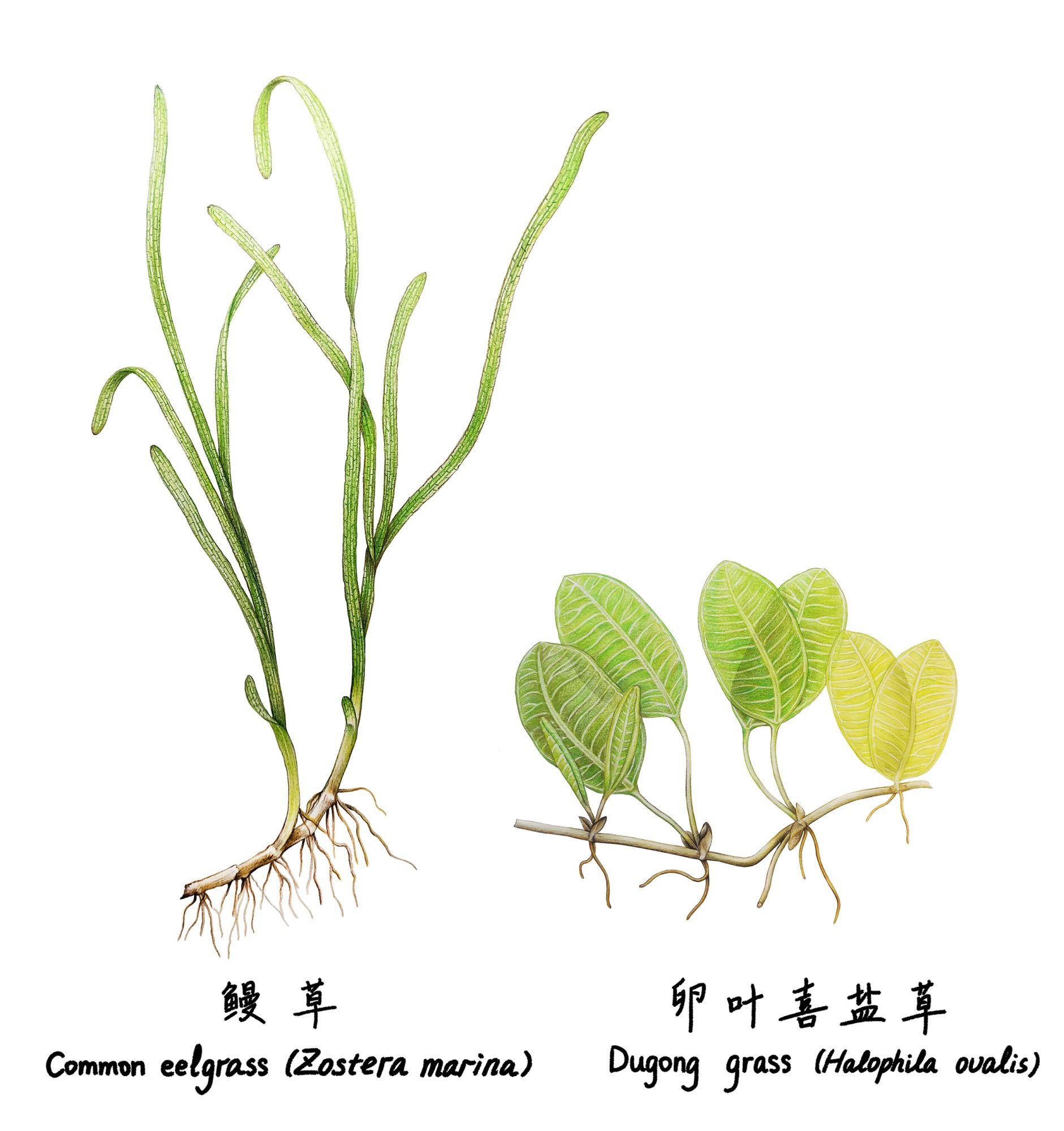
But China’s seagrass meadows are shrinking. Losses have been particularly severe in Yingluogang, in the Guangxi county of Hepu – from 2.67km2 in 1994 to 0.32km2 in 2000. From that year, the Guangxi Ocean Environment Monitoring Station started carrying out regular surveys of the Hepu seagrass meadows. These found that from 2010 onwards, the coverage of five meadows, including Yingluogang, all shrank. In 2016, there were initial improvements following restoration efforts, but the diversity of seagrass species has continued to decline.
The seagrass meadows further north have fared similarly. A paper published in 2013 found seagrass meadows near the port city of Weihai in Shandong province had shrunk by 90% over 20 years – compared to a 29% size reduction for global seagrass meadows between 1897 and 2006. In Qingdao back in 1992, eelgrass could be seen anywhere the water was a metre or two in depth. By 2002, it had retreated to waters at least four or five metres deep. And near Jiarong island in the Jiaozhou bay, a 13km2 expanse of eelgrass effectively disappeared between 1982 and 2000.
From restoration to protection
In response to these losses, there are some moves to restore and protect seagrass meadows in China. The first phase of a plan to protect a section of the Caofeidian meadows was given expert approval last year. The project has begun with the restoration of 3km2, with a long-term goal of restoring 200km2.
Restoration is normally achieved through artificial planting. As seagrass reproduces both through seeds and rhizome roots, this can be done either by the sowing of seeds or transplantation.
For sowing, seed-bearing parts of the seagrass plant are collected manually or mechanically then nurtured in artificial environments until the seeds fall. The seeds are then stored until they can be sown, either by scattering or direct planting in the seabed. Both methods are usually done manually, making them laborious and time-consuming.
To increase efficiency, an interesting and relatively cheap new method of sowing called “clam planting” has recently emerged. Using sticky rice, seagrass seeds are attached to the shells of clams, which are then returned to the water, carrying the seeds with them when they burrow back into the seabed. This has proved to be a highly effective way to restore meadows.
Yet collecting seeds isn’t easy, and once sown, they often fail to sprout. For this reason, transplantation is more commonly used for restoration, although it too has its downsides. Part of the rhizome roots of donor plants need to be broken off, which is damaging, and also relatively laborious and expensive.

Whatever the method, restoration can only do so much to save seagrass meadows. To protect these ecosystems over the long term, we must tackle the causes of their decline. These include:
- coastal aquaculture, which takes up the space seagrass needs and blocks light;
- destructive methods of collecting shellfish and sandworms, which can harm seagrasses and biodiversity;
- port construction and land reclamation, which directly destroys seagrass meadows and also takes over shallow areas where the plants might otherwise grow;
- pollution from land-based agriculture and industry, which lowers water quality and clarity, making it hard for seagrasses to survive.
Tackling these problems requires action at a higher level. This is beginning to happen thanks to recent research and increased official attention on biodiversity and nature-based solutions. In June this year, seagrass meadows were included in a 2021-2035 national plan for the protection and restoration of important ecosystems. This plan promises “comprehensive protection of natural coastlines, strict controls on human threats such as overfishing, and promotion of systematic protection and restoration for river mouths, bays, coastal wetlands and ocean ecosystems such as mangrove forest, coral reefs and seagrass meadows.”
It’s clear that the importance of seagrass meadows, not only as a nursery for the fishing industry, but also as a barrier against biodiversity loss and climate change, is being recognised. We hope the research and restoration work being carried out at Caofeidian will continue to promote the protection of these precious ecosystems elsewhere in China.
